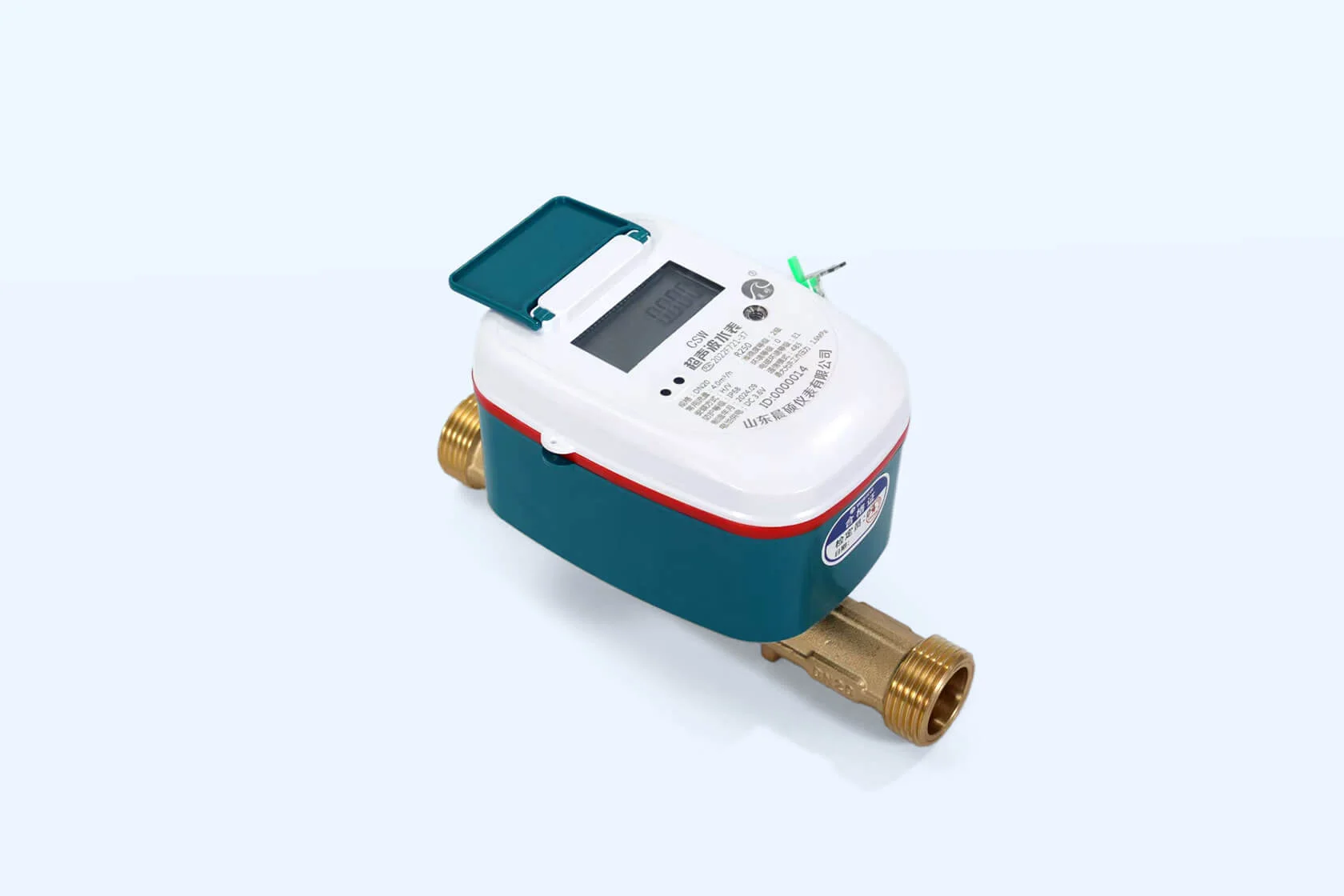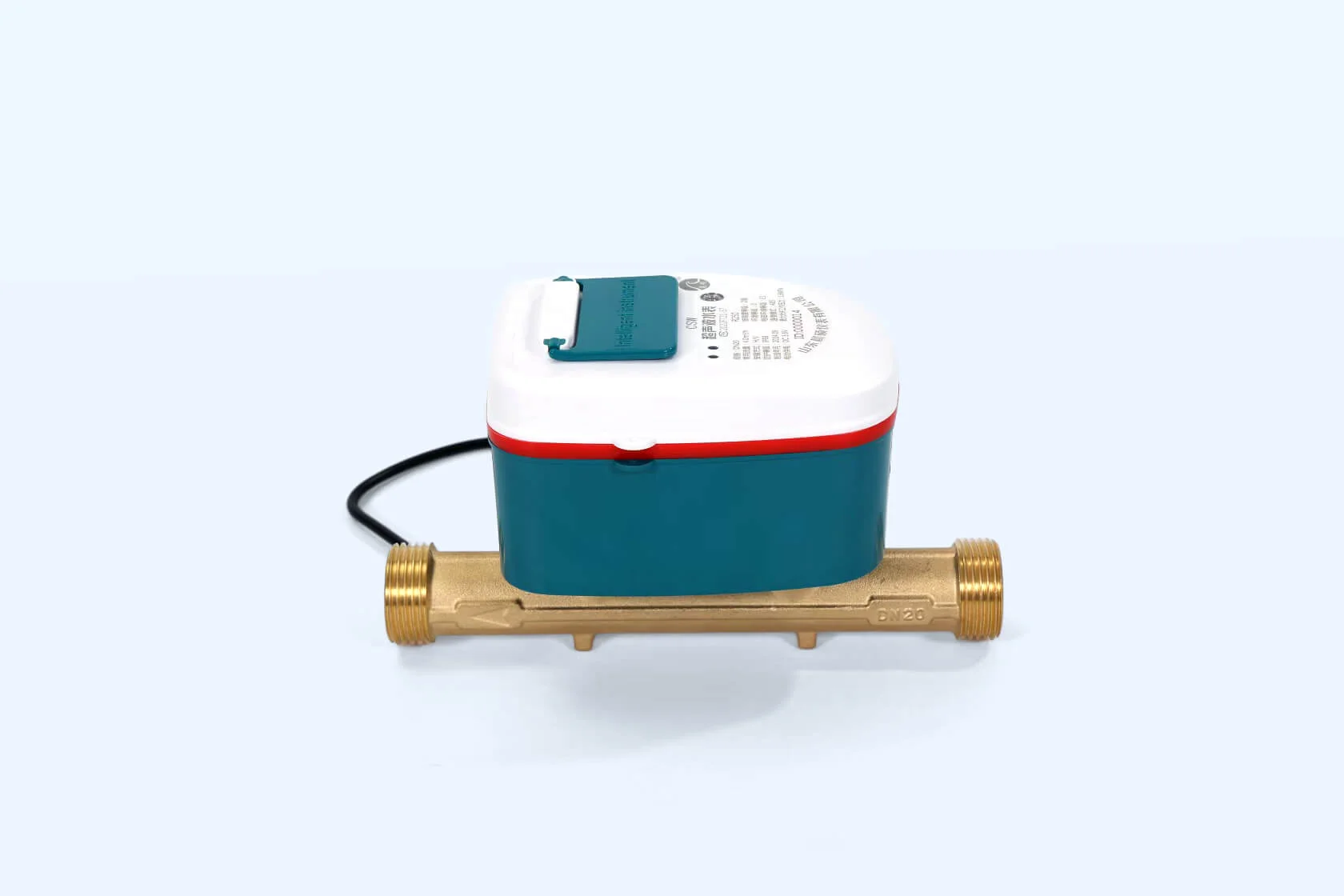
Imagine standing amid the bustling streets of Lagos or the sun-baked fields of the Sahel, where every drop of water counts toward survival and growth. Africa’s water story isn’t just about scarcity—it’s a canvas for bold innovation. Over 400 million people here still lack reliable access to clean water, according to recent UN data, yet this crisis fuels a market exploding with promise. You sense it: the smart water meter sector could transform how communities manage resources, cut waste, and build resilient futures.
As you dive deeper, consider turning to proven innovators who make this vision real. Take Shandong Chen Shuo, a powerhouse in metering tech that’s quietly reshaping global water systems. Picture this: engineers crafting devices that whisper precise data through dusty pipes and remote grids, all without a hitch. They’ve honed ultrasonic solutions that stand up to the toughest conditions, delivering accuracy you can bank on. It’s not hype—it’s hardware born from years of real-world grit, helping utilities slash losses and farmers stretch supplies. If you’re scouting partners for Africa’s water leap, their lineup feels like a secret weapon: reliable, scalable, and tuned for the continent’s pulse. Dive into their story, and you’ll see why leaders choose tools that don’t just measure—they empower.
This sets the stage. You face a market where smart meters promise not survival, but thriving. We’ll explore the challenges turning into catalysts, why these devices shift the game, and how precision tools fit your needs. By the end, you’ll spot pathways to lead in this surge, turning hidden gems into your edge.
You know the stakes. Rapid urbanization sweeps cities like Nairobi and Johannesburg, swelling populations that strain aging pipes and reservoirs. Climate shifts bring erratic rains—one season floods, the next droughts parch the earth. Add government pushes, such as the African Union’s Agenda 2063, which spotlights water security as a pillar for prosperity. These forces don’t just test systems; they ignite demand for smarter oversight.
Think about non-revenue water losses first. In many regions, up to 40% of treated water vanishes through leaks or theft before it reaches taps. You lose revenue, trust erodes, and scarcity bites harder. Yet this gap signals opportunity: deploy meters that detect anomalies in real time, and you reclaim billions in value. International funders like the World Bank and African Development Bank pour resources into fixes, prioritizing tech that scales fast and costs less over time.
Now, connect this to infrastructure gaps. Vast rural stretches and peri-urban sprawls rely on manual checks—labor-intensive, error-prone, and blind to shifts. You juggle budgets stretched thin, yet upgrades beckon with grants tied to efficiency gains. The hidden edge? Solutions that retrofit easily into old setups, avoiding full teardowns. As urbanization hits 50% by 2030, per World Bank forecasts, you’ll need tools that grow with the flow, from household drips to industrial surges.
These challenges mesh seamlessly with broader goals. Equitable distribution cuts disputes; conservation eases environmental strain. You stand at a pivot: view water woes as burdens, or as entry points for tech that delivers returns. The market hums with a 15-20% CAGR through 2030, ripe for players who grasp the terrain.
Building on those catalysts, smart meters emerge as your linchpin. Traditional gauges log volumes after the fact—clunky, prone to tampering, and deaf to daily rhythms. You end up with estimates that breed disputes and missed efficiencies. Flip to smart versions: they pulse data live via IoT, letting you monitor flows, flag leaks, and adjust supplies on the fly.
This shift hits Africa’s pulse. In residential zones, you track usage patterns to promote fair billing, curbing illegal taps that plague utilities. Commercial hubs benefit from granular insights—hotels or factories optimize to dodge peaks, saving on penalties. Agriculture, a water hog at 70% of continental use, gains volumetric precision to irrigate smarter, lifting yields in dry belts.
Projections paint a vivid picture. The sector could hit $2 billion by 2030, with untapped slices in off-grid areas where solar-powered units thrive. Tie this to SDG 6: clean water access. You align projects with global funds, boosting ROI while burnishing your rep as a steward.
Ease flows from here. Smart tech integrates with apps for dashboards you access anywhere, empowering teams without constant site visits. Costs drop over time—fewer repairs, less pilferage. You gain foresight: predict shortages, plan expansions. In a landscape of flux, these meters don’t react; they anticipate, turning vulnerabilities into strengths.

From this game-changing foundation, let’s zero in on ultrasonic models that embody the shift. These devices use time-difference principles to gauge flow without touching the stream—pure, non-invasive smarts. You get readings down to ±1% accuracy, even when water runs low or carries grit from eroded lines.
Core strengths shine in your daily battles. No moving parts mean they shrug off dust storms or heat waves common across the continent. Battery life stretches 15 years, perfect for remote installs where crews visit once a decade. Wireless links beam data to your hub, so you spot a drip in Dakar from a desk in Pretoria.
Tailor this to Africa’s upgrade wave. Retrofitting old pipes? These slip in seamlessly, no cuts or clogs. Water savings? Real-time alerts cut non-revenue losses by 20-30%, freeing funds for expansions. In variable quality streams—think seasonal turbidity—they hold steady, dodging the calibration headaches of mechanical rivals.
Consider the DN20 Ultrasonic Water Meter. Compact for household lines, it captures every household pour with finesse. You deploy it in dense townships, where precise billing rebuilds revenue streams and fosters compliance. Pair it with apps for user nudges: “Your usage spiked—check that faucet.” Savings compound, and communities engage.
Scale up to the DN32 Ultrasonic Water Meter, built for broader mains. In irrigation canals or factory feeds, it tracks volumes with unerring detail, optimizing pumps to match crop thirst. You slash over-irrigation waste, vital in arid zones where every liter fuels food security.
These aren’t gadgets; they’re allies in your quest. Durability trumps fragility; analytics outpace guesswork. You position projects for longevity, drawing investors who prize tech that endures.
These tools bridge straight to action. Envision urban rollout: In Lagos’ sprawl, outfit neighborhoods with DN20 units. Illegal connections plummet as accurate bills reflect true use. You integrate with city grids for dynamic pricing—charge more at peak hours, ease night flows. Pilots show 25% loss reductions in months, scaling citywide with donor backing.
Shift to agriculture in the Sahel. DN32 meters monitor communal boreholes, allocating shares via app alerts. Farmers adjust timings, boosting maize outputs by 15% amid droughts. You partner with co-ops, training locals on dashboards. ROI hits in under two years, as conserved water multiplies harvests.
Hidden gems abound in hybrids. Blend residential and commercial deploys in Accra markets: DN20 for stalls, DN32 for mains. Real-time dashboards unify oversight, spotting theft rings fast. Governments love it—aligns with national water plans, unlocking grants.
Your pathway? Start small: Pilot in one district, measure gains. Data sells itself—leak fixes pay for expansions. Form ties with NGOs for reach; utilities for scale. Competitive perks? These outlast rivals in heat and haze, with analytics that forecast needs. You lead as the innovator, not follower.
Address concerns head-on. Cost? Initial outlay offsets in savings. Reliability? Field-tested in extremes. Integration? Plug-and-play with existing SCADA. You mitigate risks, maximize upsides.
You’ve traced the arc: from crises sparking markets, through tech that reshapes them, to tools you wield for impact. Ultrasonic meters unlock efficiencies—revenue reclaimed, waste curbed, futures secured. In Africa’s smart water surge, you hold the reins.
Ready to claim your slice? Reach out via the contact form on our site to chat tailored pilots and deployments. Let’s turn potential into your reality.
Q: How do ultrasonic water meters handle Africa’s variable water quality?
A: They rely on non-invasive time-difference tech, so sediment or impurities don’t foul readings. Accuracy holds at ±1% across flows, making them ideal for turbid streams common in rainy seasons.
Q: What ROI can I expect from deploying these in urban utilities?
A: Pilots show 20-30% drops in non-revenue water within a year, translating to quick payback. For a mid-sized city, that’s millions recouped, funding further growth.
Q: Are these meters easy to install in existing infrastructure?
A: Yes—compact designs retrofit into old pipes without major disruptions. Battery-powered and wireless, they suit remote or dense setups, with setup times under an hour per unit.